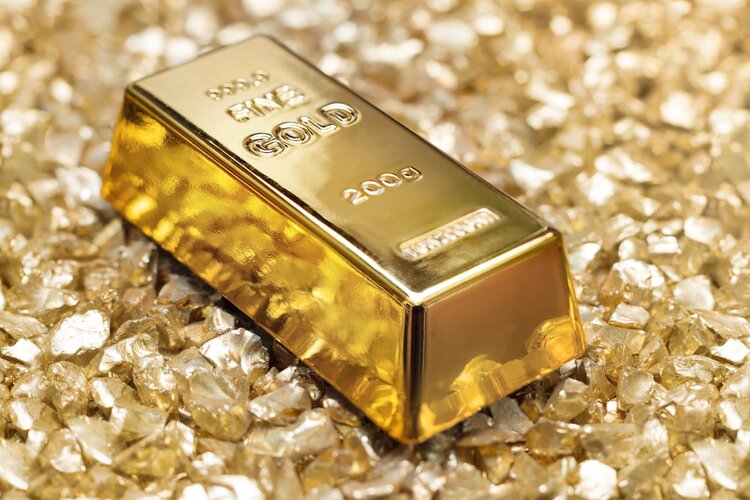Gold price continues to climb amid increasing geopolitical uncertainty and a rebound in the US dollar, with Fed policymakers expressing concern over the impact of higher interest rates on the labor market. The price of gold (XAU/USD) rose for the fifth consecutive day, driven by turmoil in the Red Sea and the divergence of opinions within the Fed regarding the possibility of rate cuts.
Chief among the concerns of the Fed is the potential impact of higher interest rates on the economy and inflation, particularly as the crisis in the Red Sea intensifies. Fed Bank President Austan Goolsbee has warned that extended periods of high rates could negatively affect the employment side of the Fed’s dual mandate, which aims to achieve full employment and maintain inflation at around 2%.
Despite this concern, most Fed policymakers believe that the economy is showing resilience, with strong indicators of a robust labor market and consumer spending, providing a buffer against the need for immediate rate cuts. Inflation, although accelerating in January, is still expected to align with the central bank’s 2% target.
Investors are eagerly awaiting the release of the FOMC minutes for January’s monetary policy meeting, in hopes of gaining insights into the timing of potential rate cuts. The deepening tensions in the Middle East, particularly the Red Sea, have bolstered the near-term outlook for gold. Safe-haven assets are attracting higher inflows amid the geopolitical uncertainty, while a possible indication of the Fed’s willingness to maintain higher interest rates could further enhance the appeal of gold as an investment.
Technical analysis indicates that gold is seeking to stabilize above $2,030, although it is currently trading within a symmetrical triangle chart pattern. The 14-period Relative Strength Index (RSI) suggests a potential bullish reversal, with the odds favoring a move to the upside.
In addition to geopolitical factors and Fed policy, the price of gold is influenced by its role as a safe-haven asset, its inverse correlation with the US dollar and US Treasuries, and its responsiveness to changes in interest rates. Geopolitical instability, fears of recession, and fluctuations in the US dollar all contribute to movement in gold prices.
Despite concerns about potential rate cuts, market participants are also closely monitoring preliminary S&P Global PMI data for February, which will provide further insights into economic conditions. The data is expected to show a slight decline in both the Manufacturing PMI and the Services PMI, reflecting potential challenges in the US economy.
Additional Insight:
With central banks, particularly those in emerging economies such as China, India, and Turkey, increasing their gold reserves in the face of geopolitical and economic uncertainties, the demand for gold as a safe-haven asset is likely to remain strong. The role of gold as a hedge against inflation and depreciating currencies, combined with its historical significance as a store of value, continues to make it an attractive option for investors during turbulent times. As the geopolitical landscape remains volatile and the US dollar fluctuates, the appeal of gold as a strategic investment is likely to persist.








